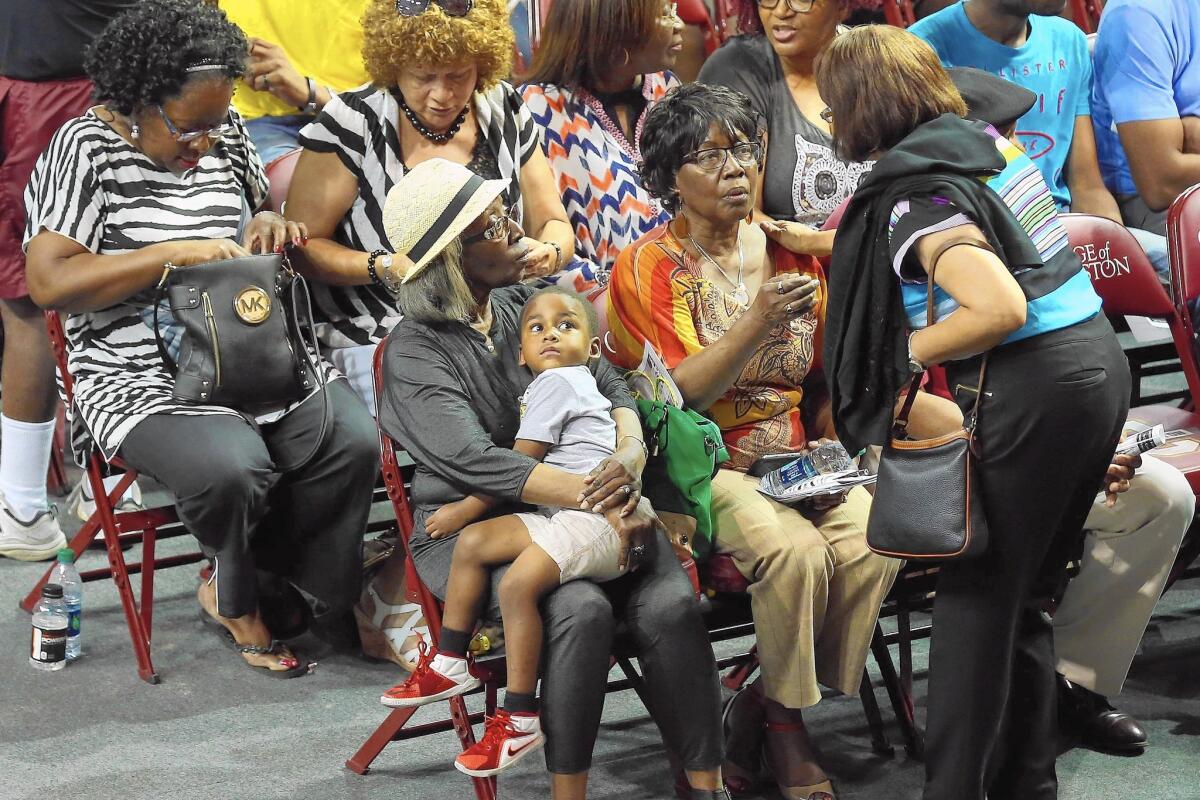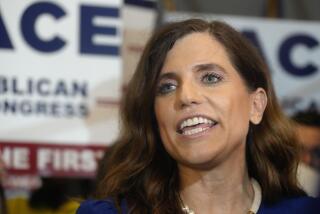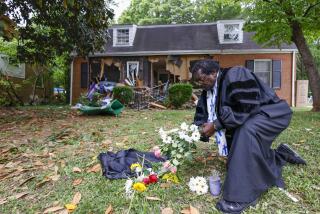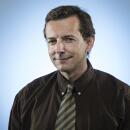Church shooting forces Charleston, S.C., to confront underlying racial tension

Reporting from CHARLESTON, S.C. — After a white police officer in neighboring North Charleston shot and killed Walter Scott — black, unarmed, and in full view of a camera — there was outrage, and there were protests. But this storied Southern town did not erupt in conflagrations like Ferguson and Baltimore.
In a state where the Confederate battle flag still flutters over the Capitol grounds, Charleston is a place frequently described as “genteel,” and — because of the abundance of churches — as “the Holy City.” People say it’s awkward, if not impolite, to talk about race.
Now, in the aftermath of the massacre at Emanuel African Methodist Episcopal Church — at the hands of a 21-year-old white man fond of white-supremacist symbols, police say — the subject is inescapable. Many black people say a sense of abiding uneasiness was never far from the surface.
“Black folks remain on edge, especially since this is the South, and we got history,” said Clinton Brantley, 73, pastor of St. Matthew Baptist Church in North Charleston.
Kay Hightower, 50, attends Emanuel AME and knew the pastor — one of the victims — well.
“People need to take ownership of all the history,” she said. “And that’s a painful thing to do. Until you have these awkward conversations, you can’t get over it.”
Hightower said she moved back to South Carolina from New York 11 years ago to raise her family. “It’s more racialized down here,” she said. “I’m very cognizant of the separation between white people and black people. It’s more complicated than to say it’s segregated.”
RELATED: Charleston church shooting victims: Who they were
She said she was troubled when she heard a politician describe the church massacre as “an attack on Christians,” because to her mind that misses the point. The victims in the church “were murdered for the color of their skin,” she said.
And she took issue with another politician’s description of a mixed-raced crowd of mourners as “the real South Carolina.”
“The problem with statements like that is Mr. Roof is also the real South Carolina,” she said, referring to Dylann Storm Roof, the man accused of killing nine people at the church.
She commended North Charleston for handling Scott’s shooting by condemning the white officer’s behavior and lodging a charge of murder against him. She and others believe city leaders’ swift action obviated greater furor.
“They saw murder the way we all saw murder,” Brantley said.
Scott’s death and the church massacre were reminders of racism’s abiding presence, he said. “It’s still here and is known,” he said. “People know it, but I do think mostly people get along well.”
Still, reminders of an ugly past turn up now and then. Brantley, a native of South Carolina, said fellow members of his black congregation purchased St. Matthew in 2002 from a white congregation. The old deed forbade the selling of the church to blacks.
Subsequent anti-discrimination laws superseded the document. “The fact that it was finally sold to us showed this state has come a long ways,” he said.
A historic hub of the South, Charleston’s downtown boasts its own gas-lighted French Quarter of cobbled streets and quaint boutiques. At this time of year, the streets are full of tourists in beach wear. They walk among landmarks of both the civil rights era and the Civil War. Opposite Emanuel AME stands a statue of former Vice President John Calhoun, a defender of slavery.
“Things were actually getting better after Walter Scott,” said Jessica Prince, 29, a Charleston native who, like others, said racial divisions had been simmering for years. “When will we be comfortable getting in our cars, even to go to church? We were just starting the healing process. It puts your guard up.”
Pastor Thomas Dixon, who leads People United to Take Back Our Community, based in the Charleston area, said black people felt discontent and wariness.
“We’re still getting unjustly stopped by police when we walk. We’re watched in stores as we shop. Nothing changes. This happens to black people not just in the South, but everywhere,” said Dixon. “There are definitely hotheads out here in the black community ready to go off. We don’t preach violence, but sometimes people will use it to get a reaction.”
Lonnie Randolph, 65, president of the South Carolina State Conference of the NAACP, said the state’s white majority still operates in a “Confederate mentality,” flying the flag of the Confederacy at the Statehouse and blocking minority voters and minority representation on state boards, including universities.
“They are a C-minus in this state, close to a D,” he said of race relations.
The state is 68% white and 28% black. Of 170 seats in the state Legislature, 38 are held by members of the South Carolina Legislative Black Caucus (Emanuel’s slain pastor, Clementa C. Pinckney, held a 39th seat). Randolph noted that only one of the state’s seven congressmen is black, though the state has a black U.S. senator, Tim Scott.
Aposia Singleton, 24, a laboratory specialist, said people in Charleston live in functionally segregated areas: one block black, the next white. Since the massacre, she said, the racial tension in town is palpable.
“We had Walter Scott; we had so many things. Then it either gets hushed or something comes out of it. I hope it does,” she said.
She found herself in an elevator this week, and noticed the normally chatty crowd was silent. A white stranger approached and gave her a hug, saying, “I’m sorry.”
Hennessy-Fiske reported from Charleston and Goffard and Lee from Los Angeles.
More to Read
Sign up for Essential California
The most important California stories and recommendations in your inbox every morning.
You may occasionally receive promotional content from the Los Angeles Times.












